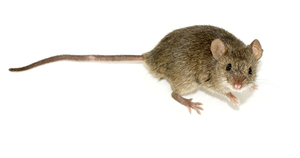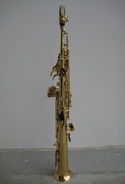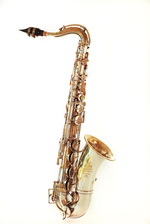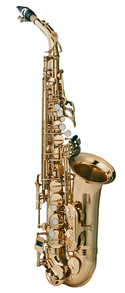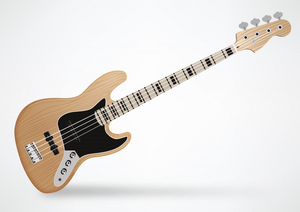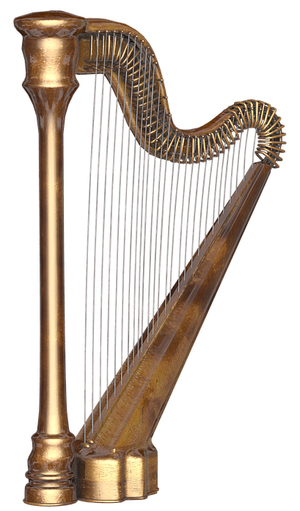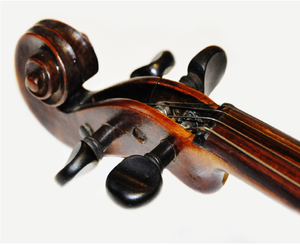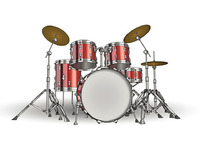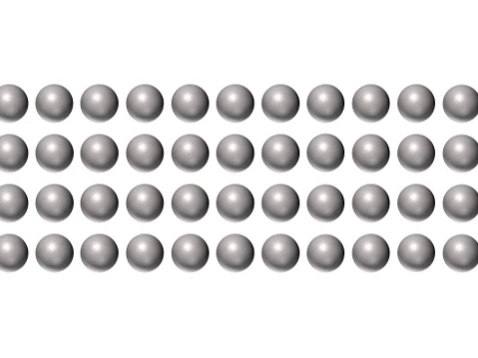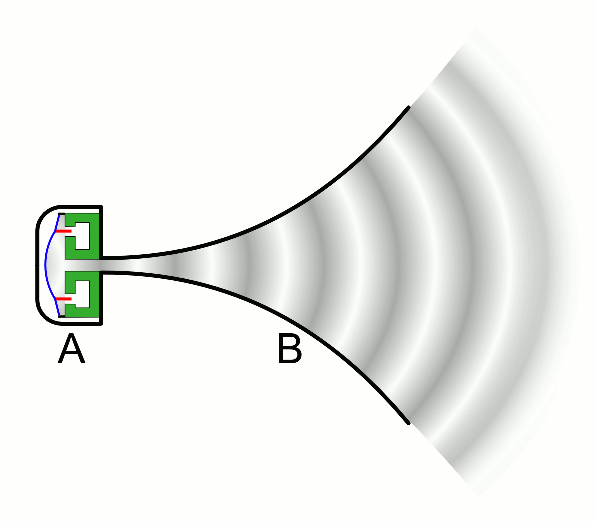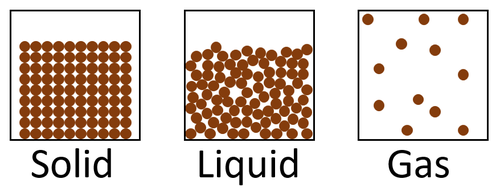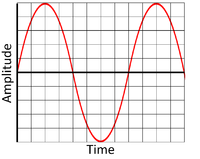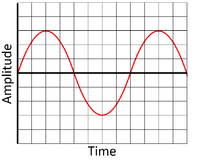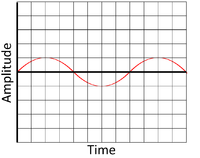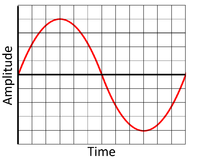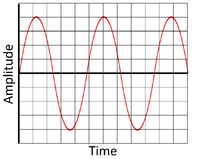Key Stage 1
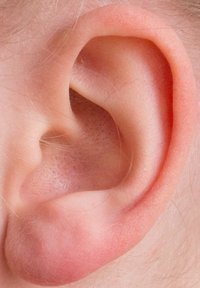
We hear
sound with our
ears.
Meaning
Sound is something that we hear with our ears.
- Singular Noun: Sound
- Plural Noun: Sounds
- Verb: Sound
About Sound
- A sound can be loud or quiet.
- A sound can be low or high pitched.
Examples
|
|
|
| The sound of a mouse's squeak is very 'high pitched'.
|
A tuba makes a deep or 'low pitched' sound.
|
|
|
|
| Shouting, screaming and yelling are all loud sounds.
|
Whispering is a very quiet sound.
|
Key Stage 2
Meaning
Sound is a vibration that passes through the air to our ears.
About Sound
- Sounds are caused by materials vibrating.
- Sound has to travel through a medium. If there is no medium, sound cannot get form one place to another.
- Sound travels through the air because it makes the air vibrate. If there were no air sound could not travel to our ears.
- Sounds can be high or low pitched.
- Sounds can be loud or quiet.
Pitch
Size
The size of an instrument can affect the pitch. Bigger instruments make a lower pitch sound.
|
|
|
|
|
| A small 'soprano' saxophone makes a high pitched sound.
|
An 'alto' saxophone makes the second highest pitch.
|
A tenor saxophone makes the second lowest pitch.
|
A large 'bass' saxophone makes a low pitched sound.
|
Thickness of Strings
Thicker strings make lower pitched sounds.
|
|
|
| A regular guitar has thin strings and can make high pitched sounds.
|
A 'bass' guitar has thick strings and makes low pitched sounds.
|
Length of Strings
The shorter the strings, the higher pitched a sound.
|
|
| The shorter strings on a harp make a higher pitched sound.
|
Tightness of Strings
The tighter the strings the higher pitched the sound.
|
|
| The pegs on the end of a stringed instrument can make the strings tighter or looser.
|
Volume
The bigger the vibration, the louder the sound.
|
|
|
|
| When you hit a drum hard, it makes a louder sound because the vibration is bigger.
|
When you pluck a guitar string harder, it makes a louder sound because the vibration is bigger.
|
Blow harder down a tube it makes a louder sound because the vibration is bigger.
|
Key Stage 3
Meaning
Sound is a pressure wave that transfers energy and information through a medium.
About Sound
- Sound is a longitudinal wave because the direction of vibration of the particles is parallel to the direction of motion of the wave.
- Sound is caused by objects vibrating. The vibration is then passed through a medium as a wave of compression.
- Sound is transmitted by particles colliding with one another.
- The speed of sound through air is 340m/s.
|
|
| This is animation shows how sound travels along a material by particles colliding with one another.
|
| Sound Waves
|
|
|
| This animation shows a speaker creating a sound by making a wave of compression (dark grey) that passes through the air.
|
Medium
- Sound waves can pass through solids, liquids and gases but sound cannot pass through a vacuum.
- Sound travels fastest through a solid because the particles are already touching so they have little distance to travel to pass on the vibration.
- Sound travels the slowest through a gas because the particles in a gas are spread far apart so they take some time before they collide with the next particle to pass on the vibration.
Sound Volume
- The volume of a sound is how loud or quiet it is.
- Volume is determined by the amplitude of the wave (how much the wave vibrates).
Pitch
- A sound can be a high pitch or low pitch.
- Pitch is determined by the frequency of the wave (how quickly the wave vibrates).
- The frequency of a sound wave is measures in Hertz (Hz).
Absorption
- Some materials can absorb the energy of a sound wave which can block the sound from travelling through the material.
- Sound is absorbed by soft materials.
- Absorbing sounds is useful in ear defenders and sound studios where it is important to reduce the sound that gets past.
Key Stage 4
Meaning
Sound is a longitudinal wave of compression and rarefaction that transfers energy and information through a medium.
About Sound
- Sound is a longitudinal wave because the direction of vibration of the particles is parallel to the direction of motion of the wave.
- Sound is caused by objects vibrating. The vibration is then passed through a medium as a wave of compression and rarefaction.
- Sound waves like all waves, carry energy and information but they do not transfer mass from one location to another.
- Sound is transmitted due to particles colliding with one another.
- The speed of sound through air is 340m/s.
Medium
- Sound waves can pass through solids, liquids and gases but sound cannot pass through a vacuum.
- Sound travels fastest through a solid because the particles are already touching so they have little distance to travel to pass on the vibration.
- Sound travels the slowest through a gas because the particles in a gas are spread far apart so they take some time before they collide with the next particle to pass on the vibration.
The Interface between Media
- When sound meets the interface between two media it can be transmitted (and refracted), reflected or absorbed.
- When sound is transmitted from one medium into another it changes speed and wavelength but it's frequency remains constant. The change in wave speed causes refraction in which the wave changes direction. - This is used in Ultrasound Imaging.
- When sound is reflected form a surface this is because the difference between density of the two media is large. The sound bounces off the interface following the law of reflection and is heard as an echo. - This is used in Echo Location and Ultrasound Imaging.
- When sound is absorbed the energy is transferred into the thermal energy store of a material. - This is used in is ear defenders and sound studios where it is important to reduce the sound that gets past an interface.
Sound Volume
- The volume of a sound is how loud or quiet it is.
- Volume is determined by the amplitude of the wave the maximum displacement of the wave from its equilibrium position.
Pitch
- A sound can be a high pitch or low pitch.
- Pitch is determined by the frequency of the wave (how quickly the wave vibrates).
- The frequency of a sound wave is measures in Hertz (Hz).
References
AQA
- Sound, page 188, GCSE Combined Science Trilogy; Physics, CGP, AQA
- Sound, pages 225, 279, 280, GCSE Physics; The Complete 9-1 Course for AQA, CGP, AQA
- Sound, speed of, pages 185-6, GCSE Physics, Hodder, AQA
- Sound, speed of, pages 259, GCSE Combined Science Trilogy 2, Hodder, AQA
- Sound; speed of, pages 198-9, 207, GCSE Physics; Student Book, Collins, AQA
- Sound; speed, pages 148, 191, 192, GCSE Combined Science Trilogy; Physics, CGP, AQA
- Sound; speed, pages 179, 228, 229, GCSE Physics; The Complete 9-1 Course for AQA, CGP, AQA
- Sound; wave, pages 190-1, 206-7, 213, 256-7, GCSE Physics; Student Book, Collins, AQA
Edexcel
- Sound, pages 103, 104, GCSE Physics, CGP, Edexcel
- Sound; amplification, page 58, GCSE Physics, Pearson Edexcel
- Sound; infrasound, page 109, GCSE Physics, CGP, Edexcel
- Sound; reflection, page 58, GCSE Physics, Pearson Edexcel
- Sound; speed, pages 23, 95, GCSE Physics, CGP, Edexcel
- Sound; transmission, page 58, GCSE Physics, Pearson Edexcel
- Sound; ultrasound, pages 106-108, GCSE Physics, CGP, Edexcel
OCR
- Sound, page 187, Gateway GCSE Combined Science; The Revision Guide, CGP, OCR
- Sound, pages 59, 60, 64, Gateway GCSE Physics; The Revision Guide, CGP, OCR

